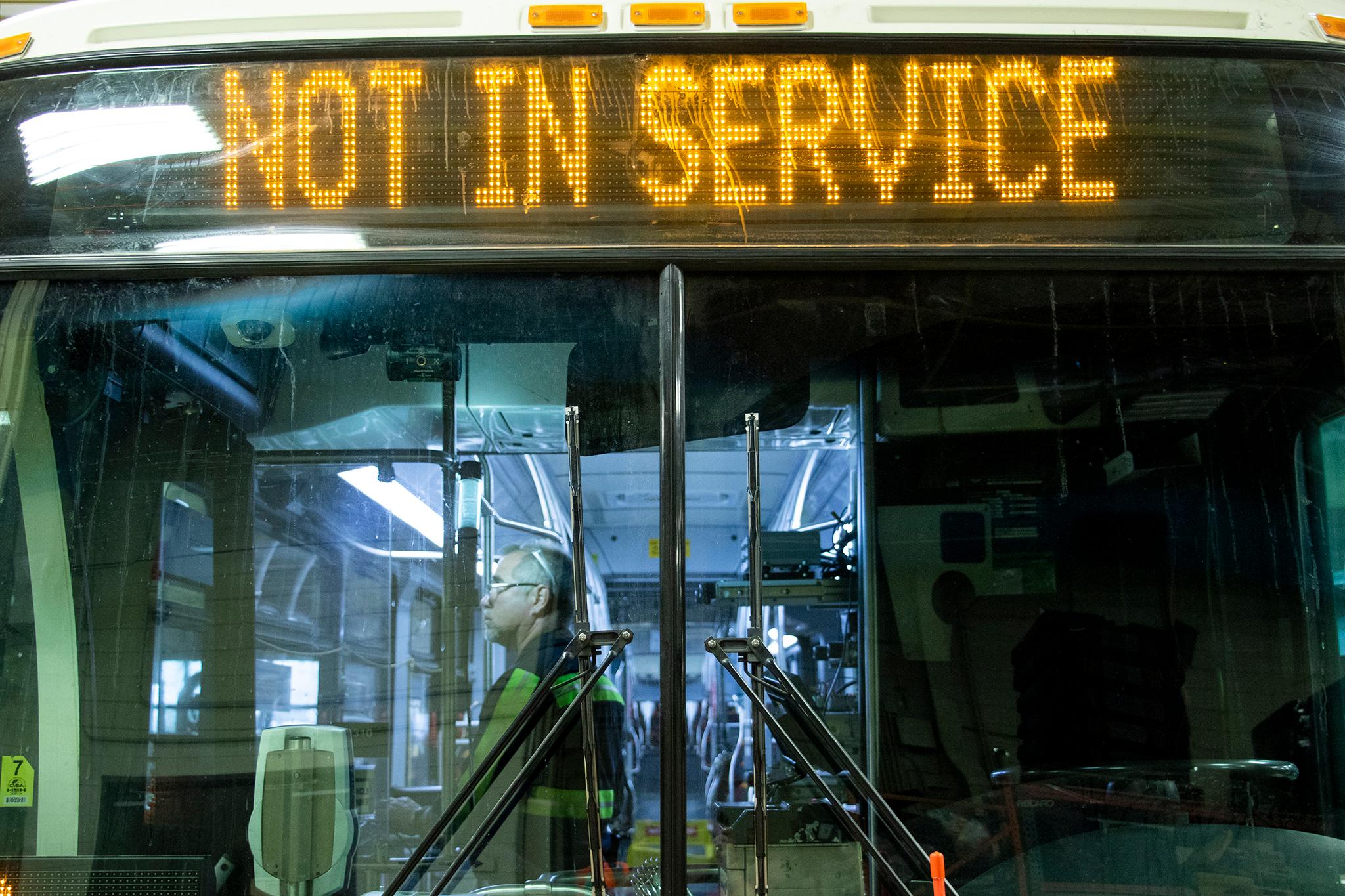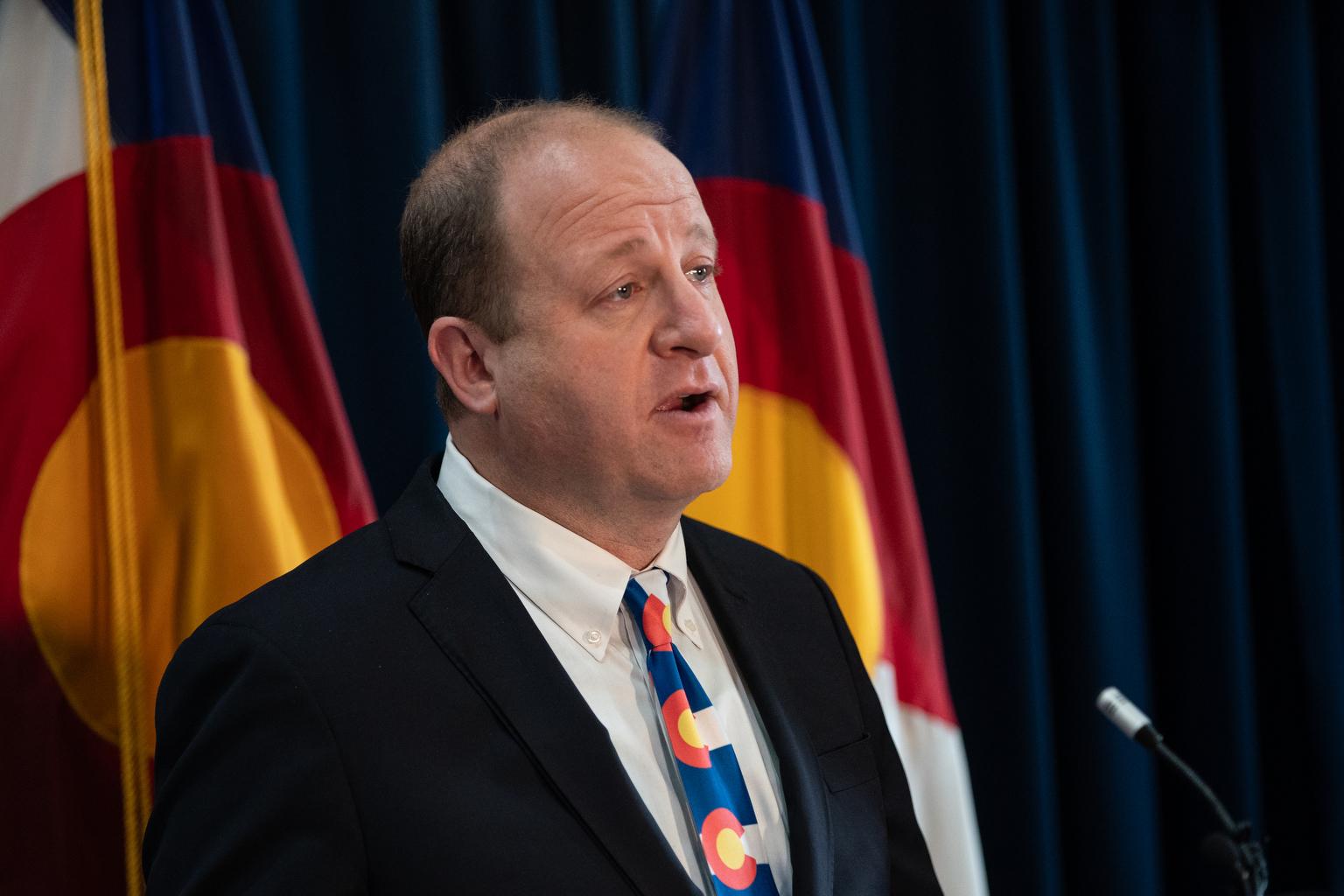
For weeks, notices about driver shortages causing delays or dropped trains flashed at RTD train stations. They were just the early, neon signs of a growing problem, one that may have reached a breaking point.
Now, RTD says it needs to give its overstretched operators a break and has quietly put forward a proposal to cut train and bus service across its region.
The crisis seemed to come on quickly, but it's been growing for years. The roots stretch all the way back to the years after the 2008 recession, and officials say it'll be difficult to reverse quickly. RTD has released no further information on which lines could face cuts or how long service would be reduced.
It all starts with a deal.
In the spring of 2013, just as Denver emerged from the Great Recession, the union which represents most of the agency’s bus and train operators and RTD agreed to a new contract that preserved pension and health benefits. It also included a modest pay bump. Both sides hailed it as a win.
Instead of the typical three-year agreement, this one was much longer: five years. And that turned out to be a few years too long.
“The economy outran us,” said Bill Jones, legal counsel for the ATU 1001.
The current driver shortage is likely the result of a handful of other factors too, like difficult working conditions and a federal prohibition on marijuana consumption for drivers that limits the applicant pool. But Jones said the five-year contract locked a wage structure in place for too long, and helped contribute to the debilitating staff shortage RTD now faces today.
As the contract ink dried, Denver’s economy was about to take off.
The Denver metro’s unemployment rate dropped from 7.3 percent in March of 2013 to less than 4 percent just two years later. The region became a lot more expensive too: the Case Shiller Home Price index eclipsed a comparative wage index in June 2013 -- and that disparity has only grown since then.
By 2015, the agency and the union say RTD's hiring and retention problems had taken hold. Starting wages were stuck at about $15 an hour at the time, and would top at around $17 an hour until the five-year deal ended in early 2018. In roughly that same span, per capita personal income rose from $51,804 to $59,660.
Such are the pitfalls when negotiating a long-term deal, said RTD spokeswoman Pauletta Tonilas.
"None of us can look into a crystal ball and see what the future holds,” Tonilas said.
In the intervening years, RTD has lost a lot of drivers — even as new train lines opened. That’s left it with a big gap between the workforce it needs and its current headcount, which newer agreements haven’t closed.
A new contract in 2018 immediately boosted pay by 8 percent — starting wages are nearly $20 an hour now. And it codified a number of protections meant to improve workplace conditions, like limiting overtime, incentives for split shifts and guaranteed bathroom breaks. The problem, Jones said, is that schedules are still too tight for drivers to take them.
“RTD scheduling puts operators in a position where they have to almost be apologetic for being a human being,” Jones said. “You know, ‘Sorry, I need to go use the restroom. I know it'll make you late. You might miss a connection.’ And most operators don't do that to the passengers.”
RTD spokeswoman Tonilas said it's up to operators to take their breaks.
“It is built into the schedule,” she said. “And while some of those schedules are tight, no operator has been reprimanded for taking a restroom break.”
While that is true, said ATU 1001 President Julio Rivera, drivers have been disciplined for finding more creative, and public, ways to relieve themselves when restrooms aren’t available.
“It’s not common,” Rivera said. “But it’s common enough that it’s becoming an issue.”
In a new report, RTD senior staff said the agency has hired nearly a thousand train and bus operators since January 2017 — but nearly just as many have left their jobs. Jones said working conditions are the top reason for employee turnover.
The proposal to cut service could immediately help with work conditions, by drastically reducing mandated overtime.
“Our employees are our most valued commodity, and their quality of life means a lot to us,” Tonilas said.
RTD is not alone in driver shortages.
Ben Fried, spokesman for New York-based Transit Center, a research and advocacy group, said shortages are hampering service in major metro areas like San Francisco, Minneapolis-St. Paul, Omaha and St. Louis.
“But what Denver is doing is really a step beyond what we've seen in other places,” he said. “They are basically admitting that they don't have the workforce to operate their schedules.”
Addressing the shortages and restoring service should be RTD’s top priority, Fried said. He suggested it raise more revenue to increase service throughout the day, requiring fewer burdensome split-shifts for drivers.
“If you provide that sort of constant all-day frequent service, that's not just better for bus drivers,” he said. “It's better for riders too.”
However, because of Colorado’s limits on tax increases, RTD would likely need voter approval to raise any significant amount of new revenue. (Fares comprise less than 15 percent of revenue.) And because RTD hasn’t yet finished its promised train line to Boulder and Longmont, even though it’s still collecting taxes for it, any more funding asks could be politically challenging.
RTD is embarking on a two-year process to “reimagine” what it does, and where. Tonilas said that should bring the agency’s long-term priorities and goals into focus.
“It is going to take more money for all of us to be able to move people around the way they want and need to move around,” she said. “We don't have all the resources that we need here at RTD. And however that looks as a region, it's going to be up to all of us to succeed together.”









